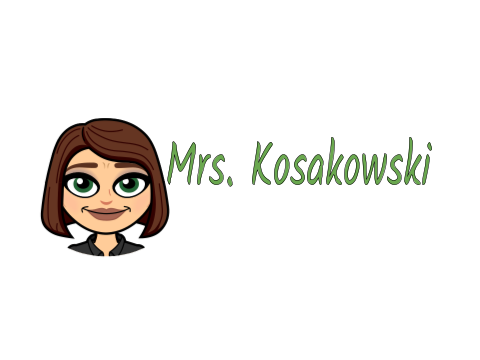Stop Action Animation with Google Slides
Google Slides is so much more than just a backdrop for your presentation. It can be used in many other ways as well. Recently, students in third and fourth grade practiced using Google Slides to create stop action animation.
Stop action animation with Google Slides is a great way to express creativity, practice simple digital skills like cut, copy and paste, and learn the basics of storyboard planning. Stop action animation can be used in any subject area as these short films can demonstrate understanding of all types of concepts and curriculum.
Grade 3 students used stop action animation to create "Pun-y" virtual Valentines.
Click this LINK to see N.R.'s animated short, "Valentine":
Grade 4 students used it to create conversations where one character attempted to persuade another.
Click this LINK to see J.R.'s animated short, "Why I Want a Dog"
Click this
LINK to see C.W's animated short, "Work is Reward"
In all classes students rose to the challenge and produced projects worthy of an Oscar for Best Animated Short Film!
Technology Essential Questions:
How can digital storytelling foster critical thinking skills?
How can technology be used to enhance a project and communicate knowledge?
How can we use this software to create original, innovative works and ideas?
 2016 Massachusetts Digital Literacy and Computer Science (DLCS) Curriculum Framework:
3-5.CAS.a.1; 3-5.CAS.b; 3-5.DTC.a; 3-5.DTC.b; 3-5.DTC.c.2; 3-5.DTC.c.3
2016 Massachusetts Digital Literacy and Computer Science (DLCS) Curriculum Framework:
3-5.CAS.a.1; 3-5.CAS.b; 3-5.DTC.a; 3-5.DTC.b; 3-5.DTC.c.2; 3-5.DTC.c.3

